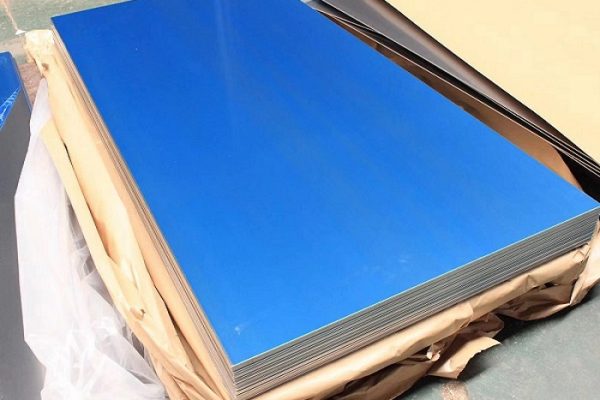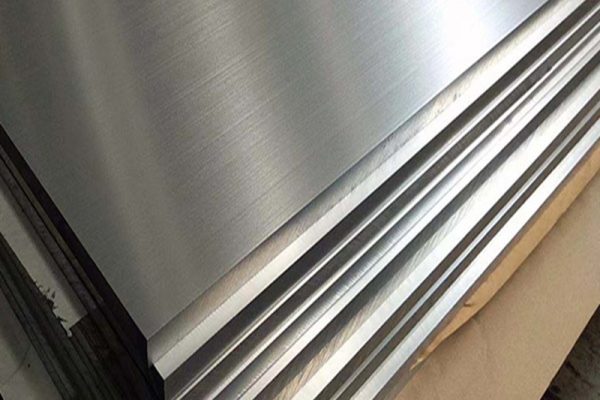알류미늄, a lightweight and corrosion-resistant metal, has become an integral part of our modern lives. From aerospace engineering to packaging, 구성, and transportation, aluminum’s unique properties make it a preferred choice across various industries. This article explores the versatility, sustainability, and numerous applications of aluminum.
Properties and Production
Aluminum is a silvery-white, ductile metal known for its low density and excellent thermal and electrical conductivity. Its remarkable strength-to-weight ratio makes it ideal for applications where weight reduction is crucial, such as aircraft and automotive manufacturing.
The primary source of aluminum is bauxite, a mineral rich in aluminum oxide. The extraction process involves refining bauxite into alumina, which is then electrolyzed to obtain pure aluminum. This process requires significant energy, but aluminum’s recyclability compensates for its initial production costs.
응용 프로그램
1. 운송: Aluminum’s lightweight nature makes it an essential material in the transportation industry. In automobiles, its use reduces fuel consumption and emissions, while increasing overall efficiency. 추가적으로, aluminum is used in the construction of aircraft, 기차, and ships, contributing to enhanced performance and fuel economy.
2. 포장: 알루미늄 호일 is widely used for food packaging due to its excellent barrier properties against moisture, light, and oxygen. It helps extend the shelf life of perishable goods and maintains their quality.
3. 건설: Aluminum’s strength, 내구성, and resistance to corrosion make it an ideal material for construction purposes. It is commonly used in window frames, 지붕 이기, 클래딩, and structural components. 추가적으로, aluminum’s malleability allows for intricate designs and architectural flexibility.
4. Electrical and Electronics: Aluminum’s high conductivity and low weight make it an excellent choice for electrical transmission lines. It is also used in electronic devices, such as smartphones and laptops, due to its ability to dissipate heat effectively.
The aluminum alloys we usually refer to are generally aluminum-magnesium-silicon alloys, 그건, 6-시리즈 알루미늄 합금. This type of aluminum alloy profile has a certain hardness, can meet the general load-bearing requirements, and has strong corrosion resistance, and has the widest application range. But aluminum alloys are by no means limited to this category. According to the different components of aluminum alloys in the world, aluminum alloys are classified, 그건, they are divided into different grades.
6 시리즈 알루미늄 합금, the most widely used 알류미늄 합금. Magnesium and silicon are the main alloying elements. It has medium strength, 내식성, good welding performance, easy extrusion and oxidation coloring. 따라서, most of the aluminum alloy profiles are 6 시리즈 알루미늄 합금. 있습니다 6008, 6011, 6012, 6015, 6053, 6060, 6061, 6063, 6066, 6070, 6082, 6101, 6103, 6105, 6110, 6111, 6151, 6162, 6181, 6205, 6253, 6261, 6262, 6351, 6463 , 6763, 6863, 6951·




